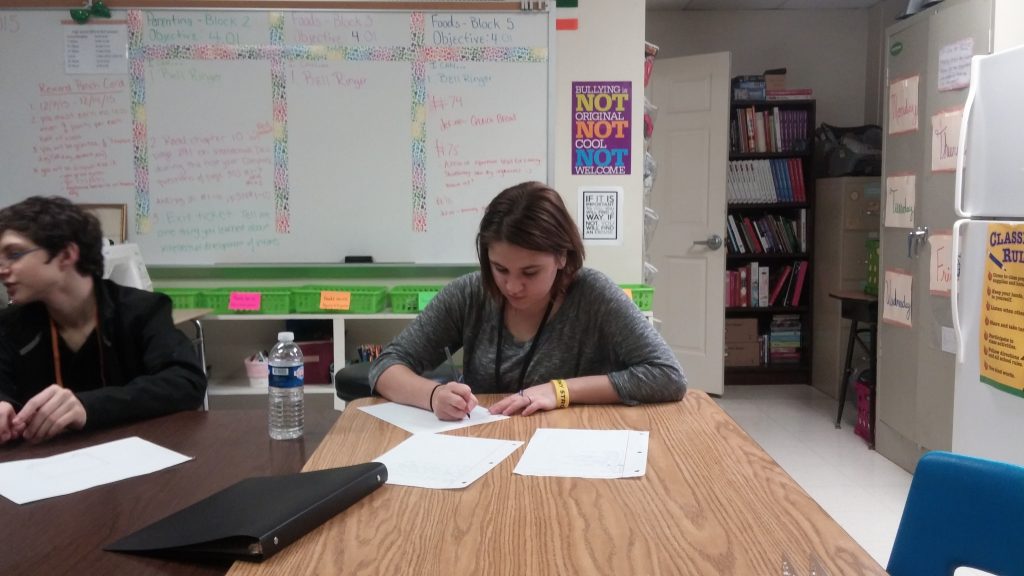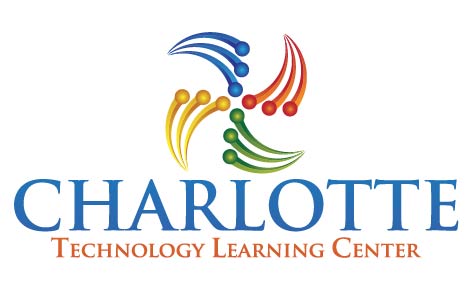
What ages do you typically work with?
A: 9 to adults. Starting programming at the age of 9 is ideal because children start to develop critical thinking skills and understand logic better. At this age, their brains are like sponges, ready to soak up new information and skills. Learning to code early helps them grasp fundamental concepts easily and builds a strong foundation for future learning. It also encourages creativity and problem-solving, as they can start creating their own programs and games. Additionally, programming fosters perseverance and resilience, essential qualities for tackling challenges in both technology and life. Overall, starting at 9 sets a solid groundwork for a potentially lifelong interest and skill in programming.

How do young adults benefit learning creative technology psychologically?
A: Learning creative technology offers numerous psychological benefits for students. Firstly, it fosters a sense of accomplishment and self-efficacy as they master new skills and create projects they can be proud of. Engaging in creative technology also stimulates imagination and innovation, encouraging students to think outside the box and explore new ideas. This process enhances problem-solving abilities and resilience in the face of challenges, as students learn to iterate and adapt their creations. Moreover, creative technology promotes self-expression, allowing students to articulate their thoughts and emotions through digital mediums, which can boost confidence and emotional well-being. Overall, delving into creative technology nurtures cognitive flexibility, emotional intelligence, and a positive mindset, laying the groundwork for holistic psychological development.

What are some key issues regarding technology usage in school aged children that you wish would be addressed? What would be your recommendations to do so?
A: Parents play a crucial role in sharing a student’s creative technological journey for several reasons. Firstly, they provide essential support and encouragement, fostering a positive attitude towards learning and exploration. By showing interest in their child’s projects and achievements, parents validate their efforts and instill confidence in their abilities. Additionally, parents can offer guidance and resources, helping students navigate challenges and discover new opportunities for growth. Moreover, parental involvement strengthens the bond between parent and child, fostering open communication and trust. As students encounter obstacles or setbacks, parental support serves as a source of motivation and resilience, encouraging them to persevere and overcome obstacles. Ultimately, parents’ active engagement in their child’s creative technological journey reinforces the importance of learning, curiosity, and self-expression, laying the groundwork for a lifelong passion for innovation and discovery.

In your experience, what are some methods of teaching that tend to grab student’s attention, particularly of the school aged level.
A: Just as with adults, you have to make it fun. Block Coding and creation of Sprites in Scratch for instance enables young coders to create a character, tell a story or create a game. Once you ignite the interest then you can branch off to more challenging coding such as Python, Java Script and C# . If a coder is mathematically gifted then MATLAB is another language that is used for scientific research and numerical computing. Roblox is very social and collaborative and is an example where a young coder can hone their skills to create avatars, objects and environments.

